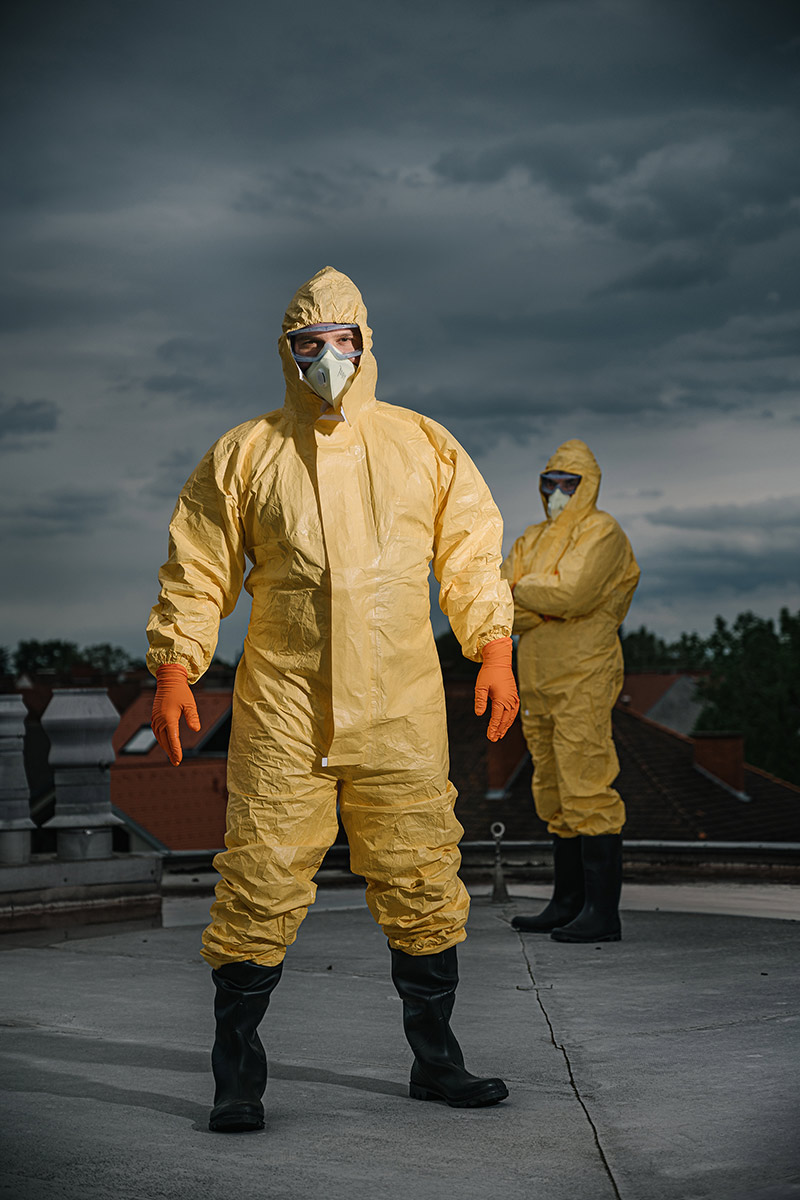For decades, antibiotics were considered a reliable miracle cure against infectious diseases. Yet bacteria are cleverer than the medications and have found ways to survive the pharmaceutical cudgel, with fatal consequences for patients. In the EU alone, 25,000 people die each year from resistant germs; by 2050, this number will rise to ten million annually across the globe. “Without quick countermeasures, simple illnesses or minor wounds could lead to deaths”, warns molecular biologist Joachim Reidl. The first step in avoiding this is to drastically reduce the use of these medications.
Antibiotics are “programmed” for a certain target structure that allows them to detect their “enemy”. However, these features have to be very specific so that the antibiotics do not destroy bacteria that are crucial for the body’s survival. Only a handful of these “targets” have been identified in the last sixty years. The pathogens themselves, however, are much more flexible and can change their structure and render pills harmless. In their thousands of years of evolutionary history, they have developed a variety of strategies to protect themselves against other strains. This has led to an exponential increase in resistant germs. It has become unprofitable for the pharmaceutical sector to invest in this struggle. “This is why university research is all the more urgent”, says Stefan Schild.
Schild considers the containment of infectious diseases through hygiene measures and prophylactic vaccinations to be the most important and sensible steps so that antibiotics are not needed in the first place. “This has already shown success in the treatment of whooping cough, hämophilus influenzae – which can trigger meningitis – and pneumococci”, explains Schild. He and his team are involved in the development of vaccines and therapies against bacterial respiratory diseases, middle ear infections and infections of the intestinal tract.
An additional strategy against resistances are specific medications for individual germs. In order to do this, it is necessary to research the target structure of each pathogen, which is costly and time-consuming. “In this way, however, the dose and duration of treatment can be greatly reduced”, emphasises Reidl. Several research projects are currently ongoing at the Institute of Molecular Biosciences to research precisely the physiology of pathogenic bacteria and to find new docking stations for antibiotics.
Find out more about this research in the current edition of UNIZEIT.
